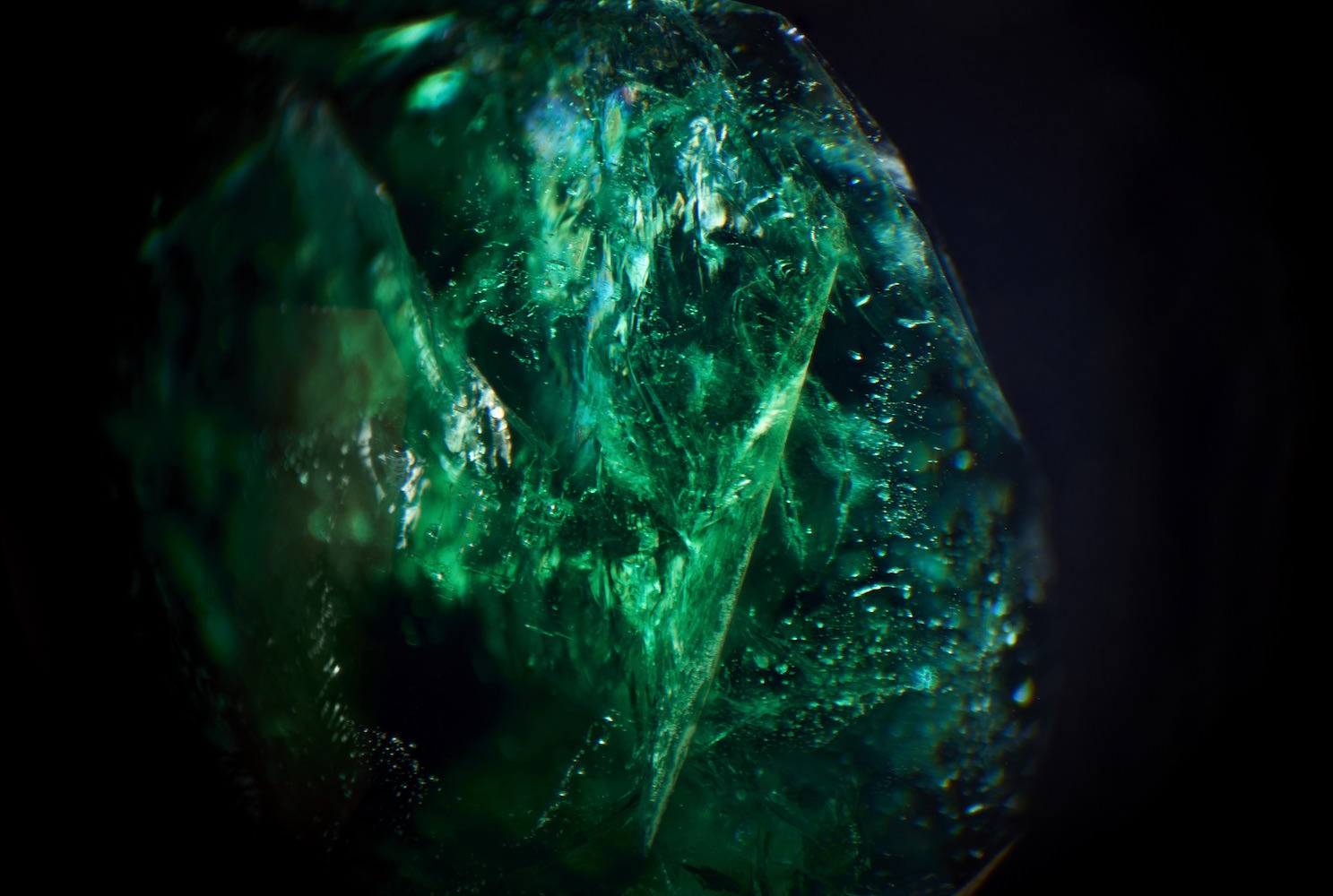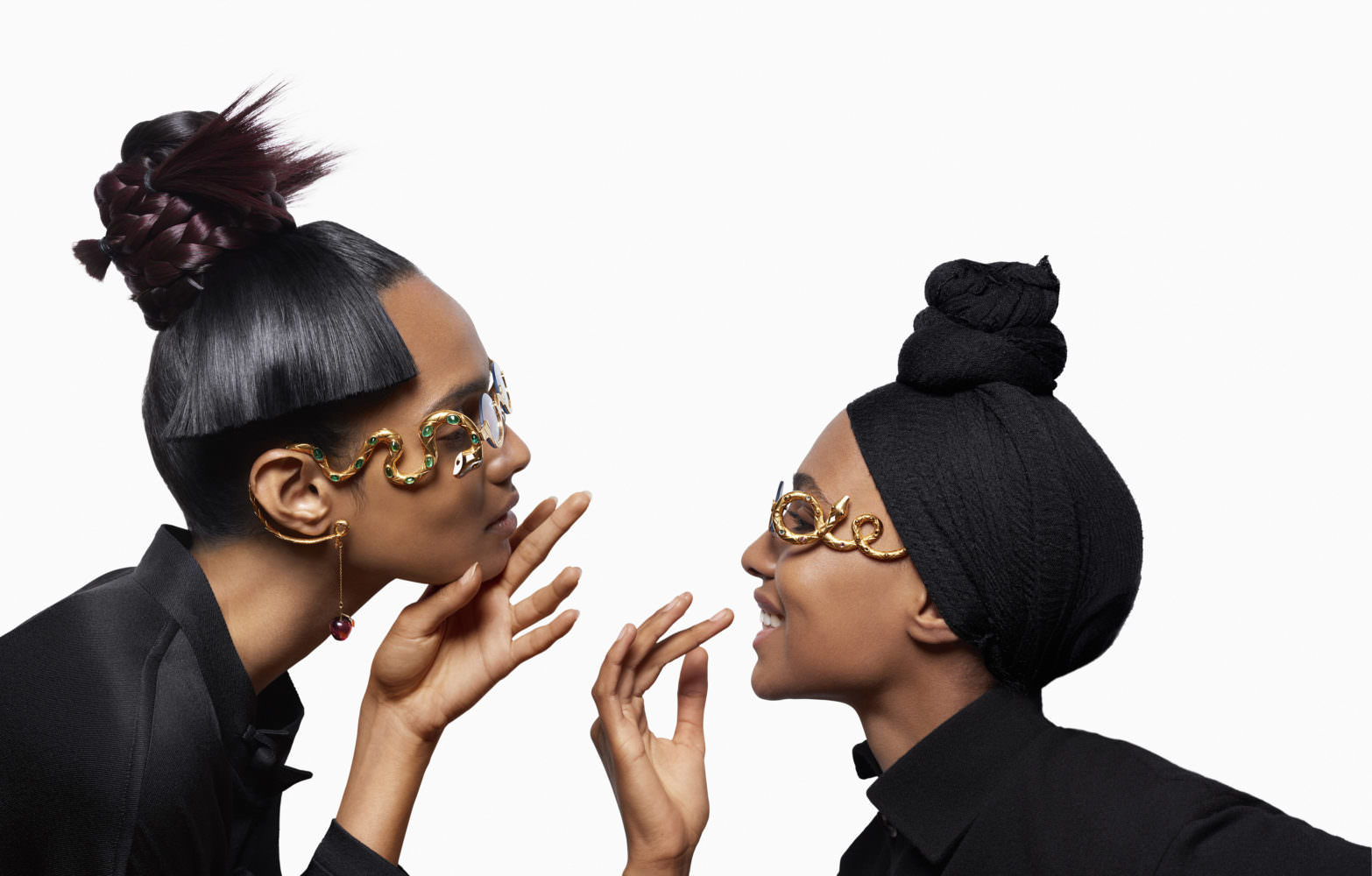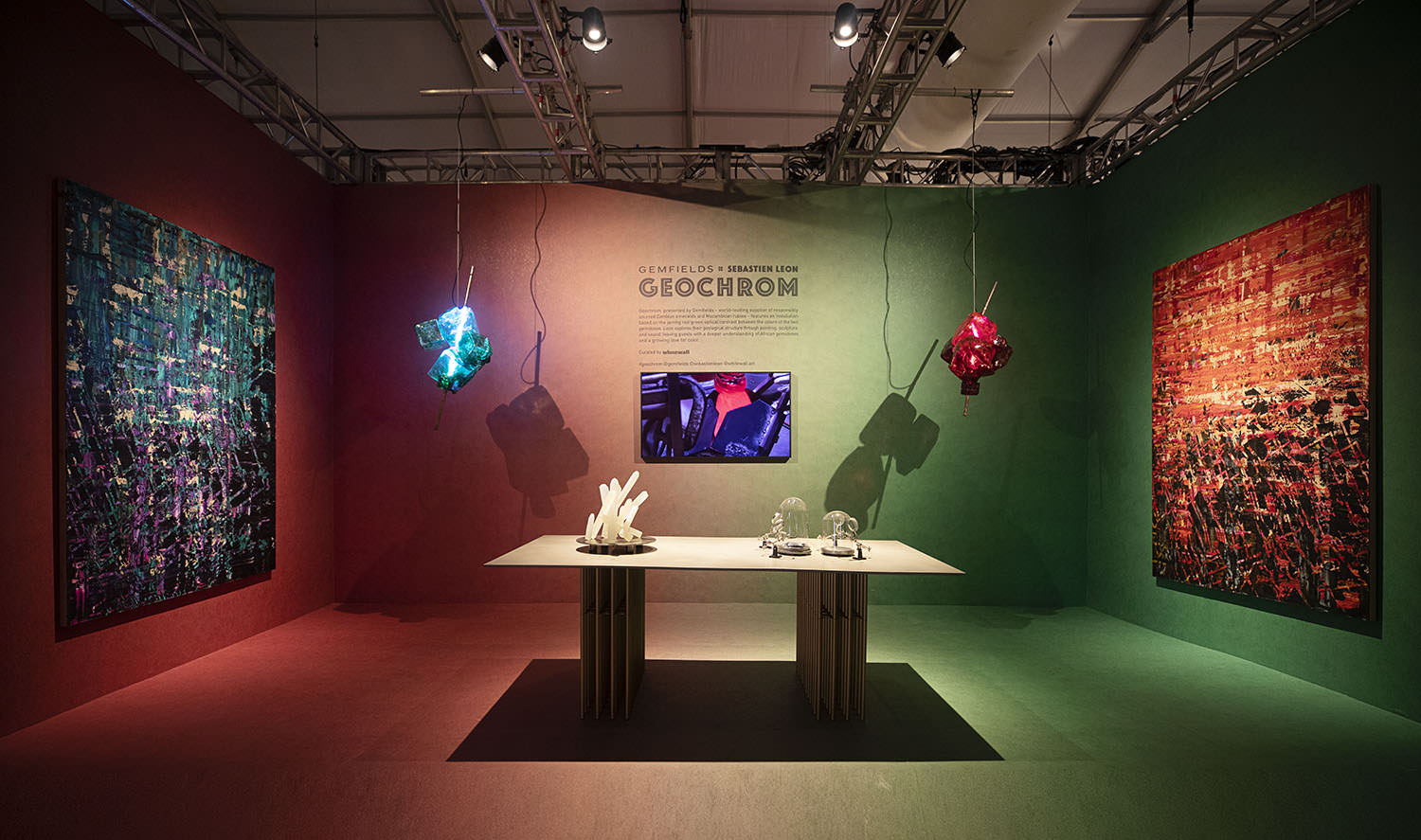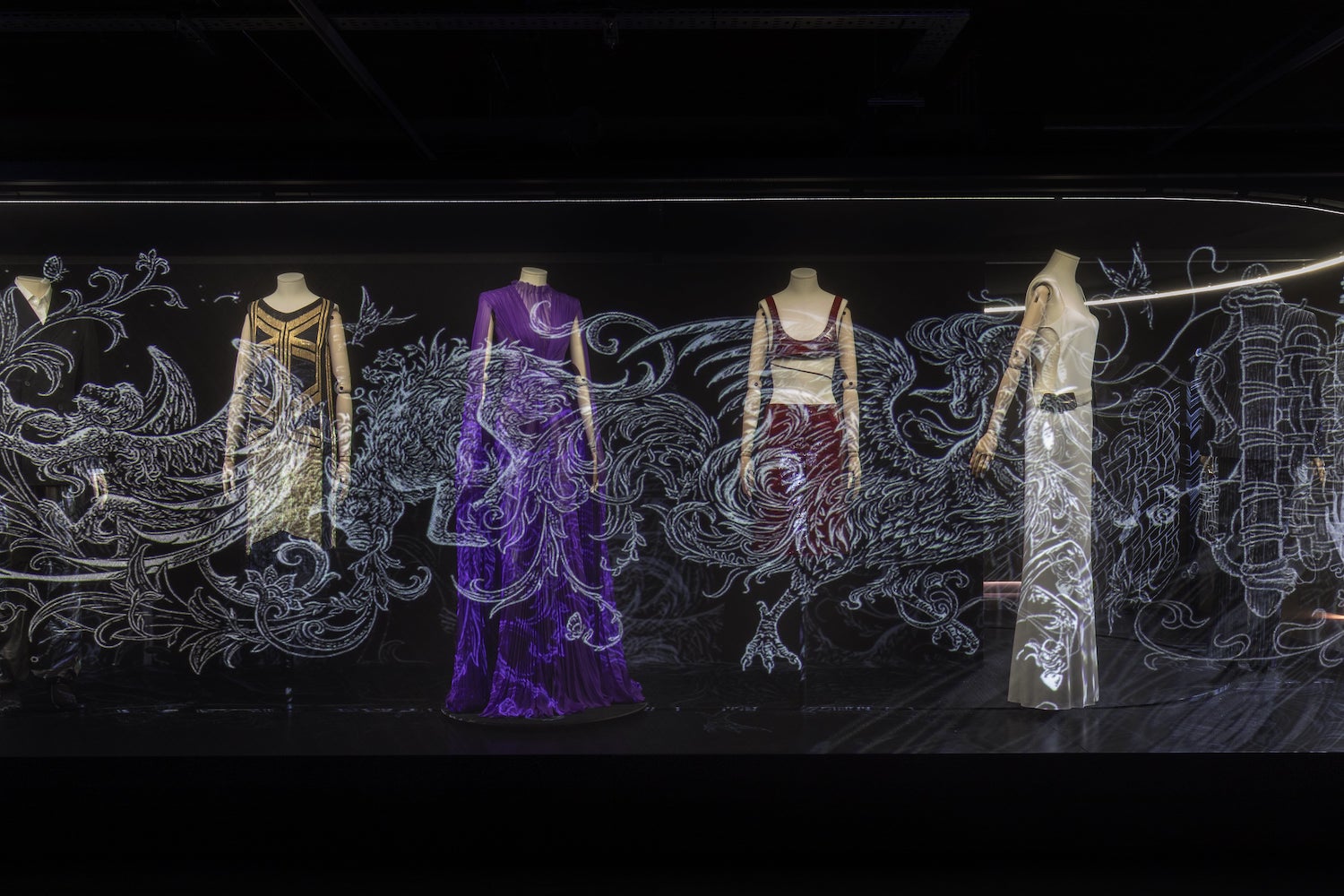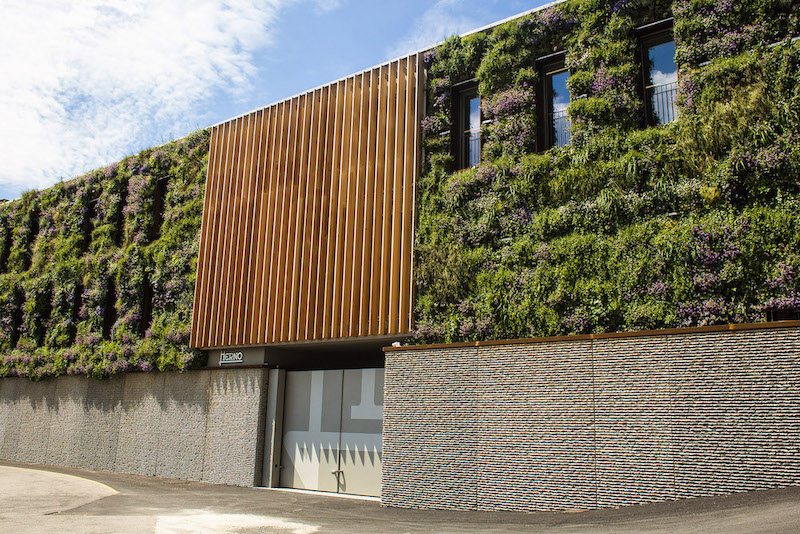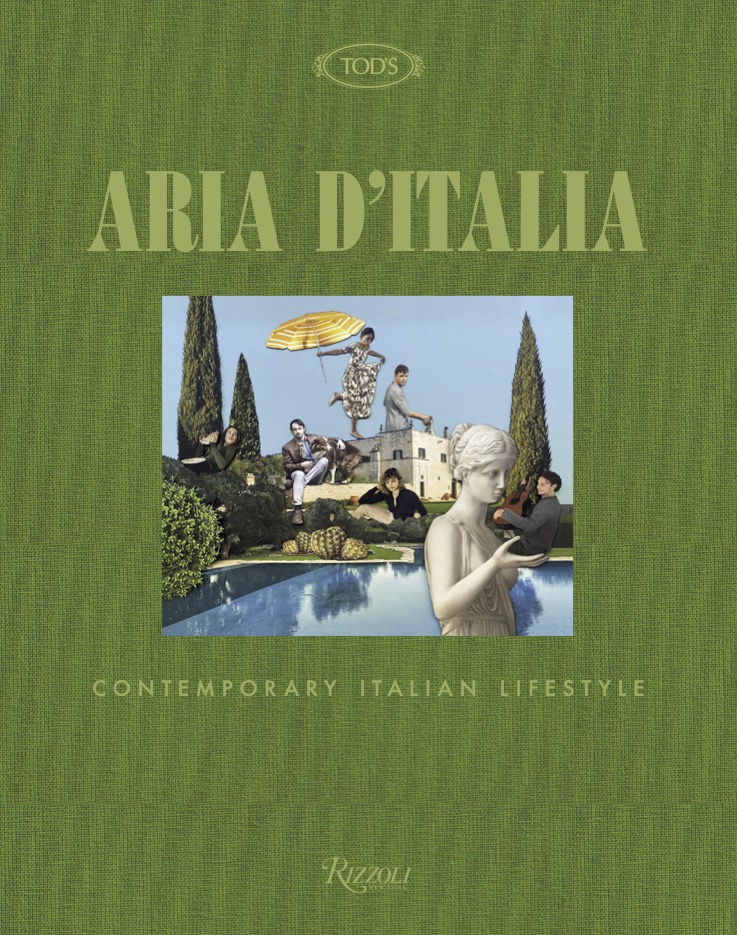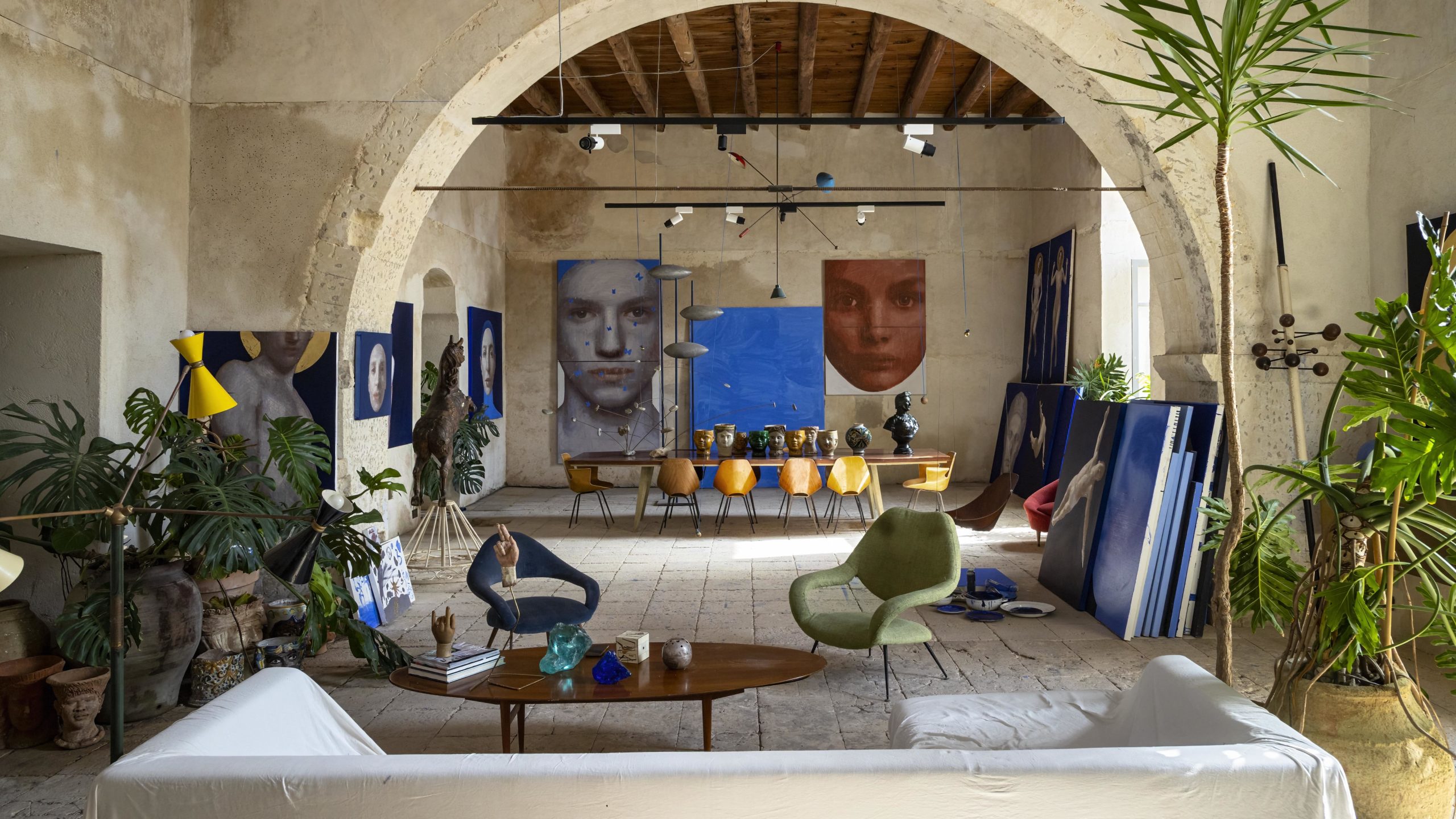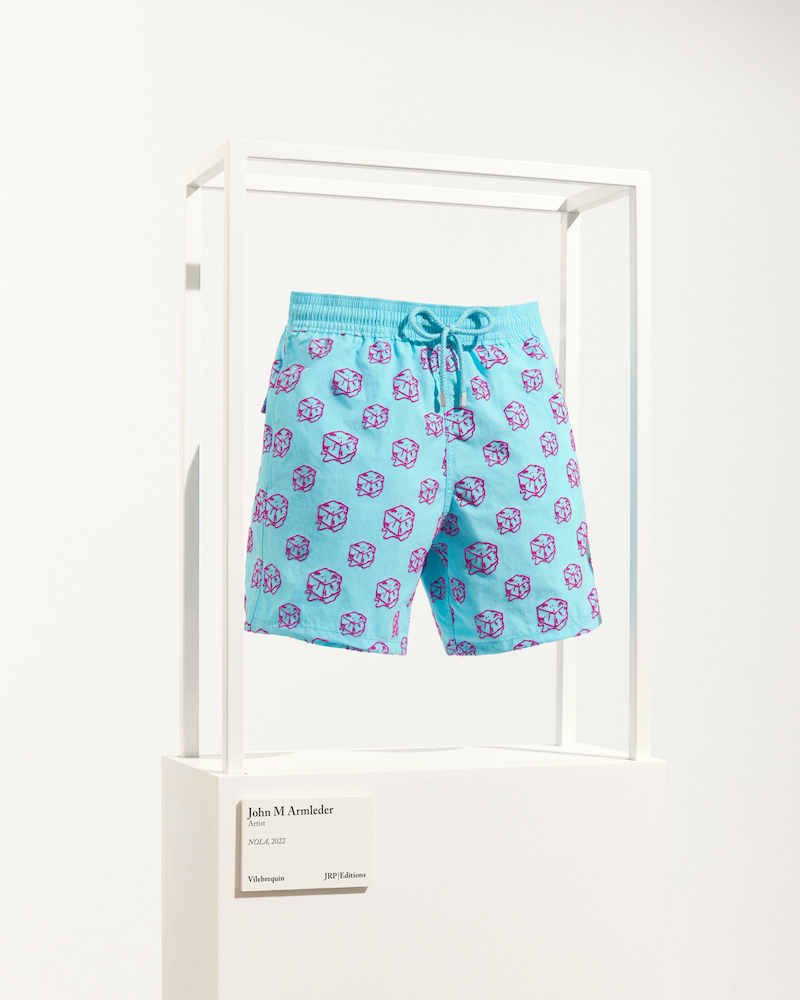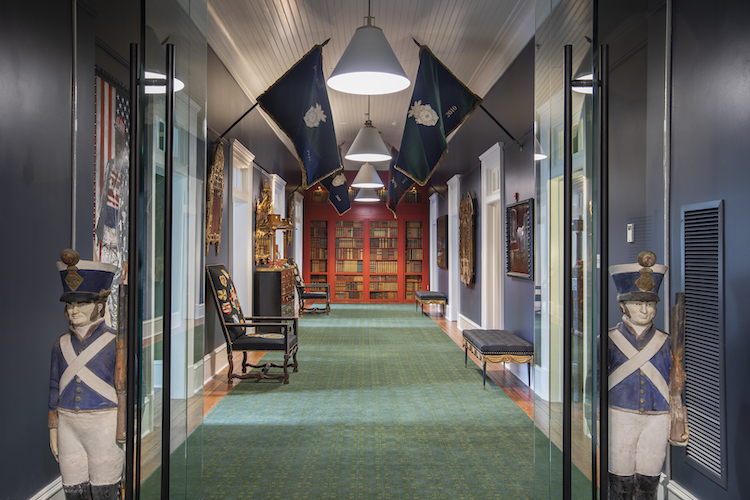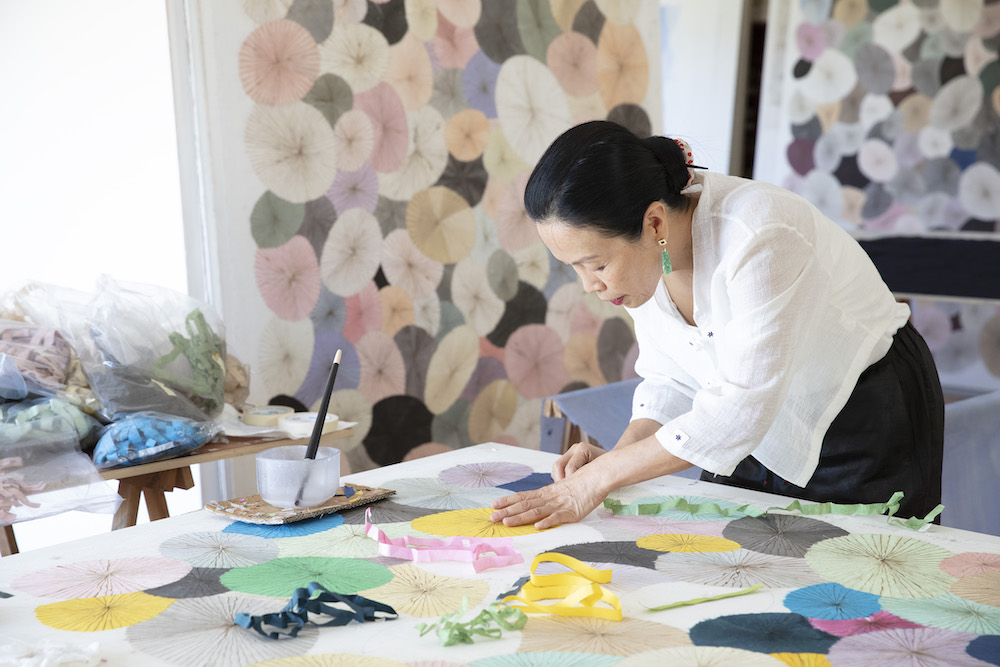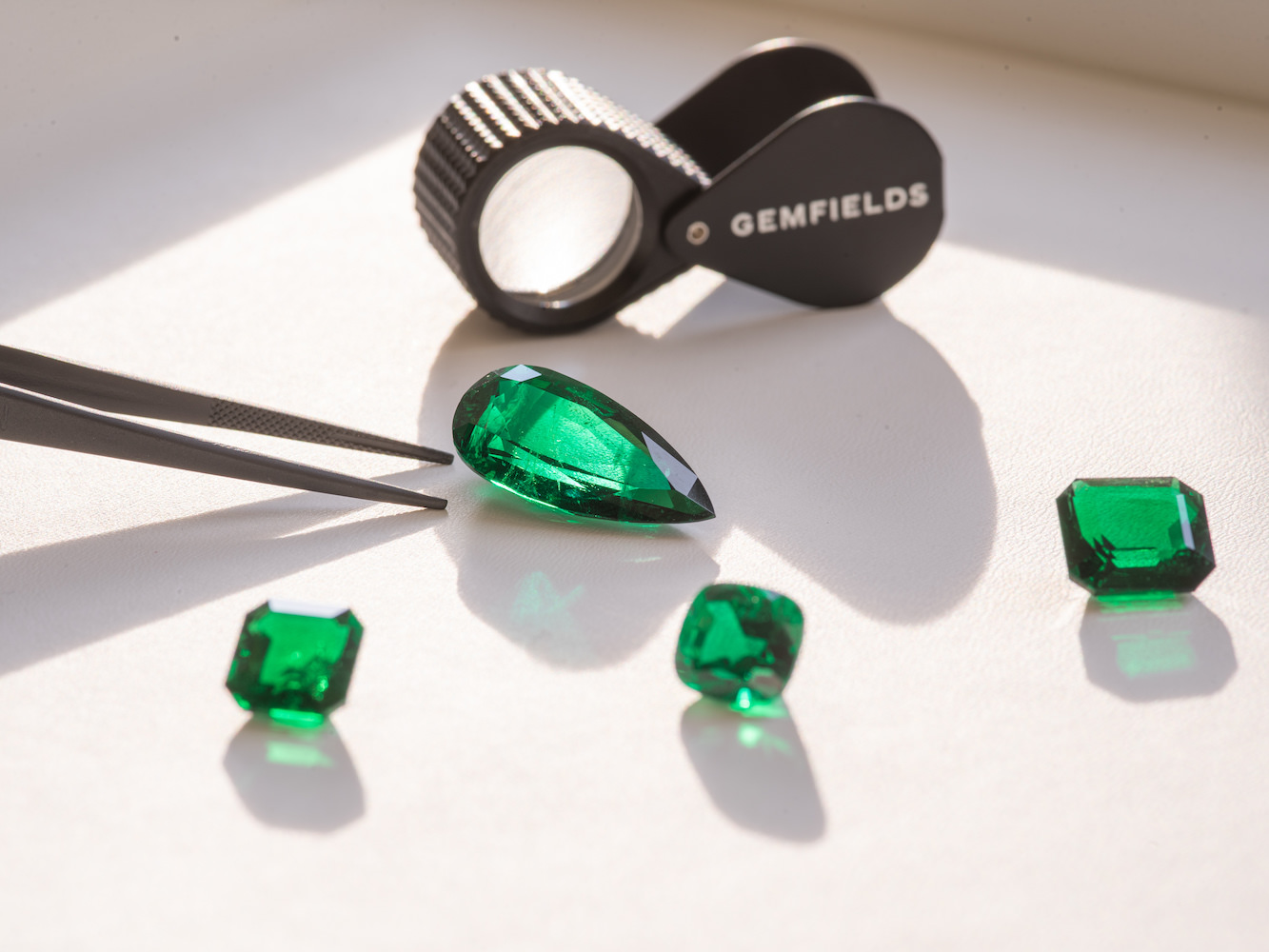
Courtesy of Gemfields.
“No other gems channel the mystery and magic of centuries of kings, maharajas, Mughals, pashas, queens, and tsars in the same way as emeralds and rubies”, Gemfields gemmologist Elena Basaglia told us recently.
And with good reason. Rubies, for instance, rank among the rarest of precious gemstones, and until the discovery of a deposit in 2009 in northeastern Mozambique, now the Montepuez mine owned by Gemfields in partnership with local company Mwiriti, they were even rarer. At that site, all known color ranges of rubies—including fluorescent reds—can be found.
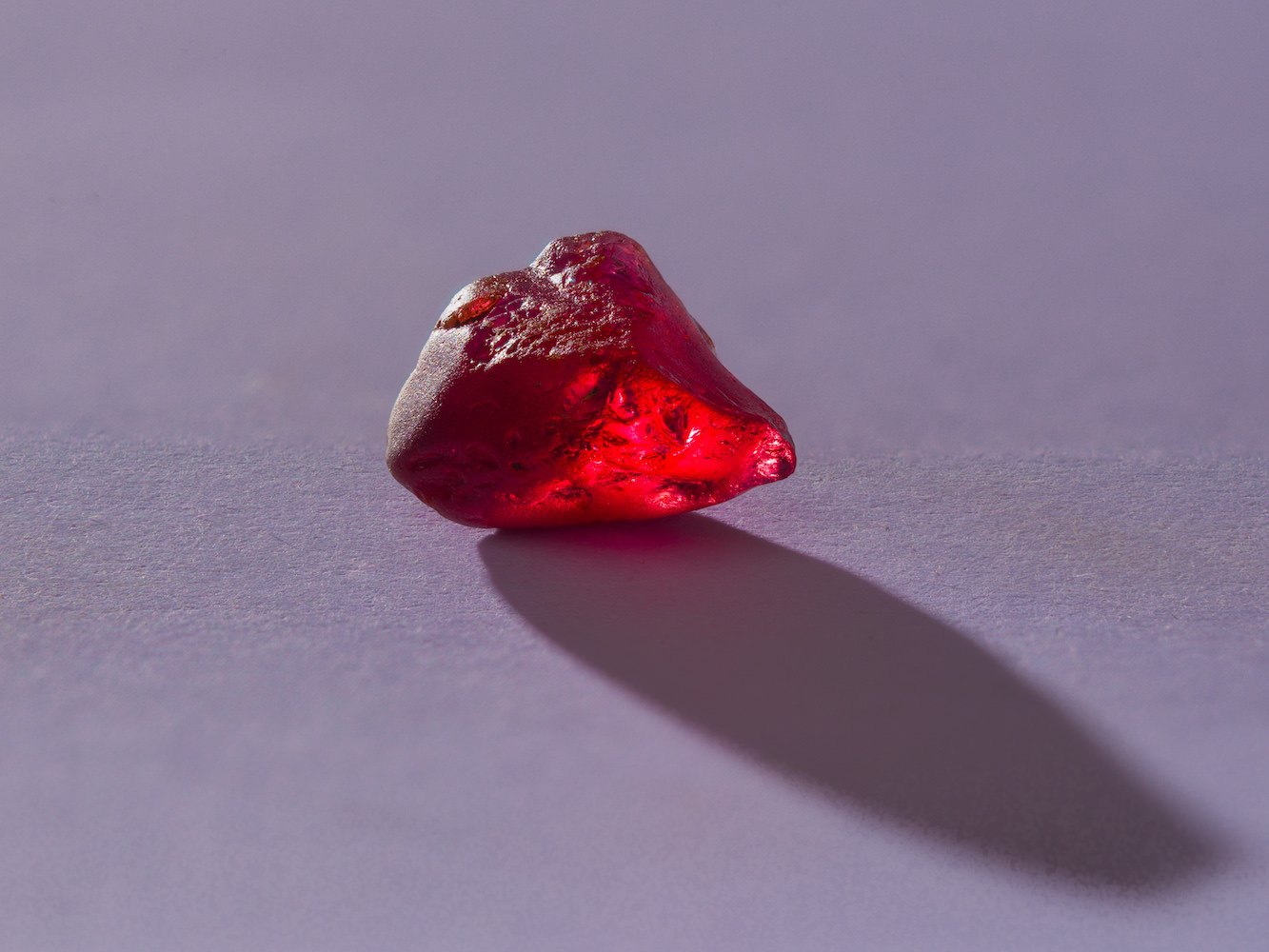
Courtesy of Gemfields.
Emeralds found in Zambia, which range from bluish to pure green (the most sought-after), are older than most other emeralds. Formed over 500 million years ago, their color comes from the presence of chromium and iron. Since 2008, Gemfields has owned Zambia’s Kagem mine in partnership with the government, which supplies around 25 percent of the world’s emeralds.
Whitewall spoke with Basaglia about the unique nature of Gemfields’ emeralds and rubies.
WHITEWALL: Colored gemstones have a romantic and mysterious place in our collective history. How are they appreciated today?
ELENA BASAGLIA: It is true, colored gemstones have a history and appreciation that is longer than that of diamonds. Today, they still hold this mystery and appeal to a wide range of customers who are eager to learn more and make them their own, thanks to their versatility and character.
Gemfields is a pioneer in the colored gemstone industry. It was the first company with the courage to try and drive significant change within a traditional framework, aiming for unprecedented transparency and formalized technique to take the color gemstone industry to a whole new level.
Instilling these changes has certainly come with challenges, one of those being that of nature—how colored gemstones are found in natural deposits. The majority of these are not viable for large scale mining and are found in hard to reach locations. In addition, there are more than 80 varieties of colored gemstones used widely in jewelry. So how do you pick? Colored gemstone mining is a very special and unique business.
Today, Gemfields’ mines in Mozambique and Zambia are fully operational and well organized, recovering a variety of different qualities from high to more commercial every year. Gemfields has proven that it is possible for some colored gemstones to be mined in a formal manner, and the benefits that this can attract in terms of health and safety for employees, minimizing environmental impact and bringing positive impact to local people. Doing so means that Gemfields’ gems can be appreciated for more than their unique properties and colorful character – they bring a wider positive force to those involved.
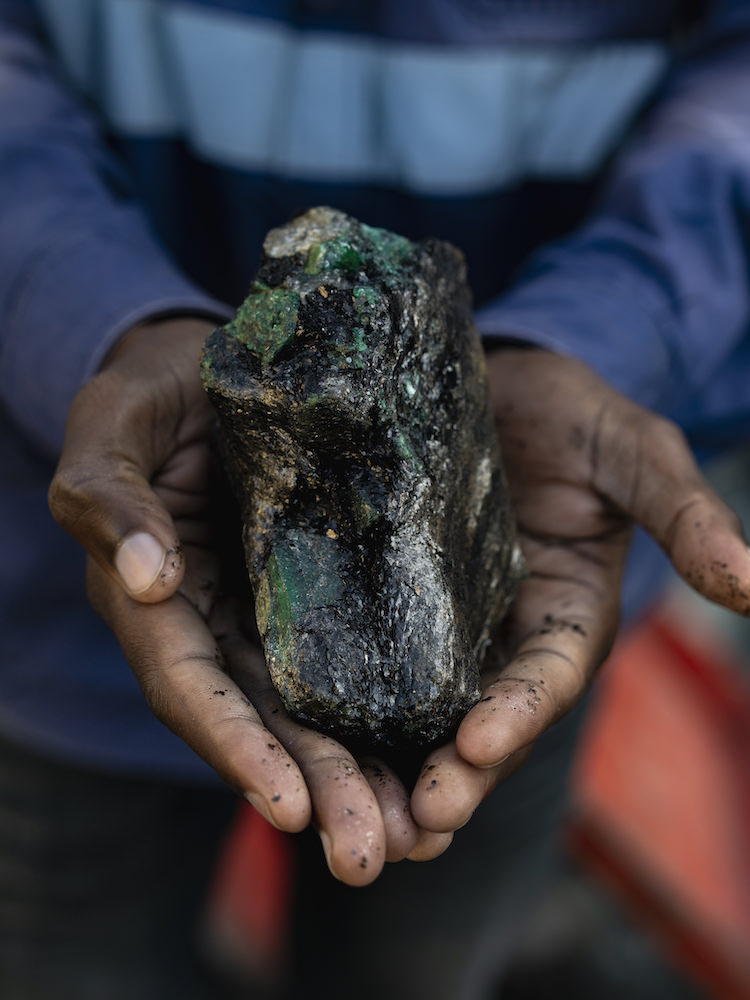
Courtesy of Gemfields.
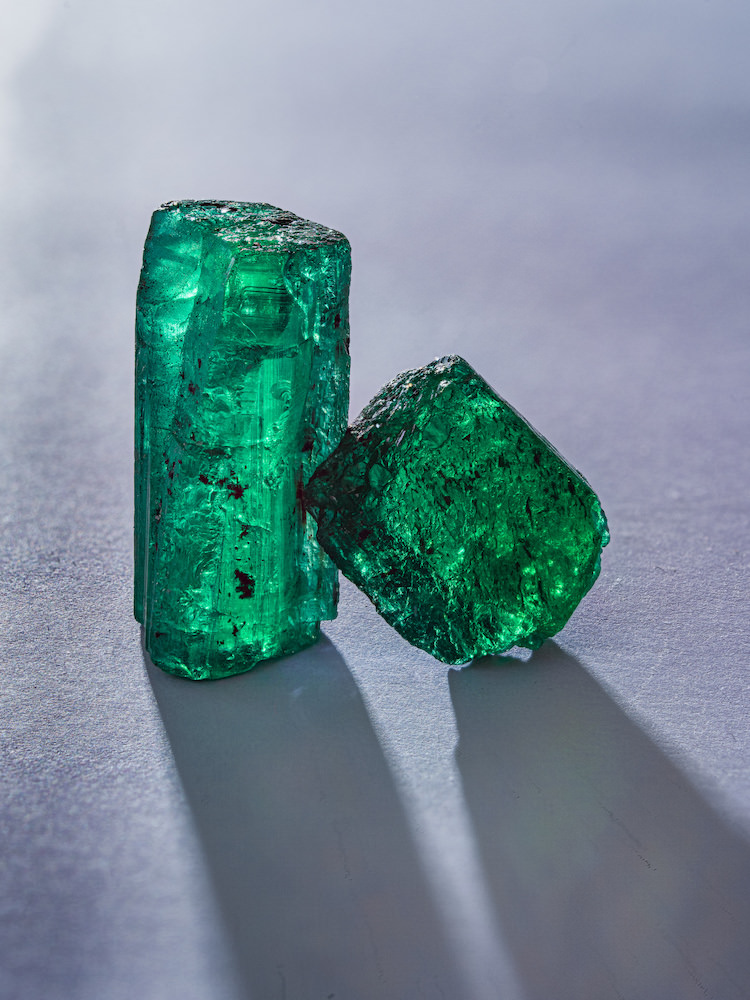
Courtesy of Gemfields.
WW: How does the mining process vary from emeralds to rubies?
EB: We mine emeralds in Zambia. The initial process involves highly skilled chiselmen extracting emeralds from within the hard rock by hand, and further stages involving a washing and sorting plant. Emeralds in Zambia are recovered from what is known as a primary deposit, which is typical for this kind of gem, as it is naturally quite brittle. In a primary deposit, emeralds sit within the host rock in which they were originally formed.
Our ruby mine in Mozambique has a completely different scenery. Here rubies are found in both primary and secondary deposits. The Montepuez deposit contains rubies of all hues from across the known color spectrum, displaying qualities of ruby previously seen from deposits around the world. Our primary deposit produces large volumes of commercial quality rubies of various sizes, perfect for use in commercial jewellery collections. Our secondary deposit holds very high-quality rubies. The finest quality Mozambican rubies are among the best in the world and rival that of Myanmar, both in colour and clarity.
At both operations, sorting of gemstones is conducted in a sort-house at the mine site, where emeralds and rubies are categorized using Gemfields’ proprietary grading system of rough gemstones, which is unique to the business and allows us to provide a consistent supply to the market. Following grading, the rough emeralds and rubies are offered at private auctions to vetted partners with proceeds fully repatriated to the host nation.

WW: What makes an emerald from Zambia special?
EB: They are 500 million years in the making! In East Africa, we are quite lucky because we find emeralds in black, primal rock, which is exactly where they are formed. Once crystallized they can display some amazing characteristics. The distinct color of Zambian emeralds tends to be slightly more bluish then those found in other locations. Finding these gems in this soft black rock, we use a careful method to recover the gems, and the last stages of our mining operations are done by hand. Therefore, we do not cause too much stress to the gemstone. Zambian emeralds tend to be more intact as a crystal than emeralds mined in other parts of the world, requiring less treatments and lending themselves to more unusual and interesting cut shapes.
WW: And what about rubies in Mozambique? How are they unique?
EB: If the Mozambican ruby deposit has not been discovered in recent years then ruby would be an extremely scarce gem. What’s special about what we are doing in Mozambique is that it is a natural source that Gemfields is handling with respect and care, as is in Zambia, when mined large-scale. The whole world is looking at Mozambique as the great treasure chest for ruby production, and we are proud that the gems we recover are able to provide a positive benefit to the communities and host country.
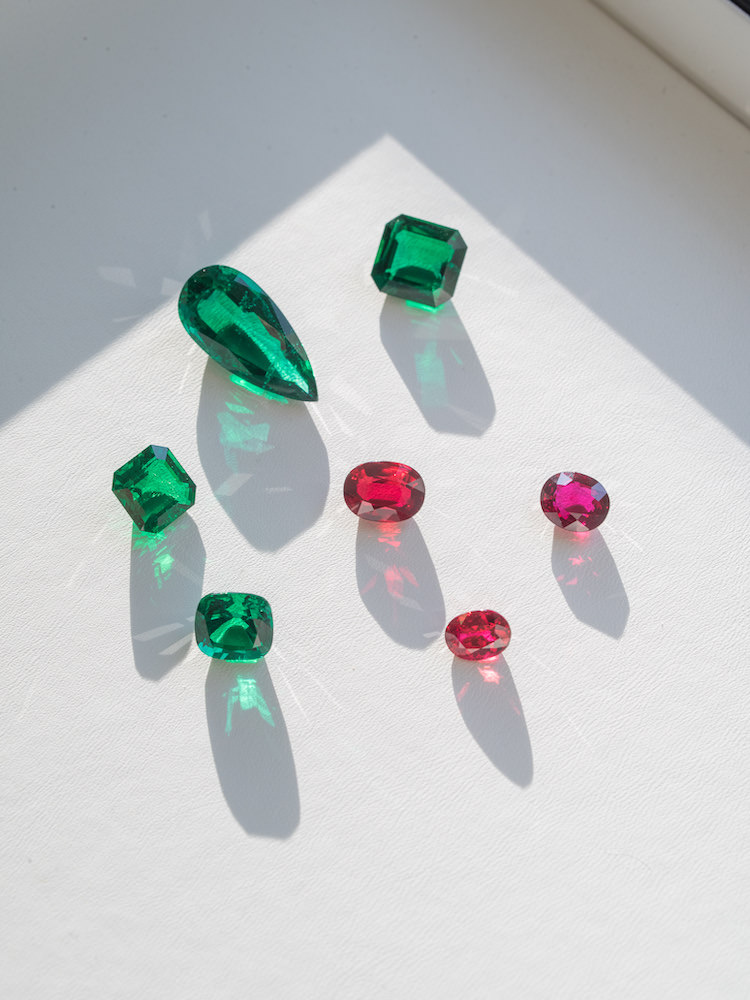
Courtesy of Gemfields.
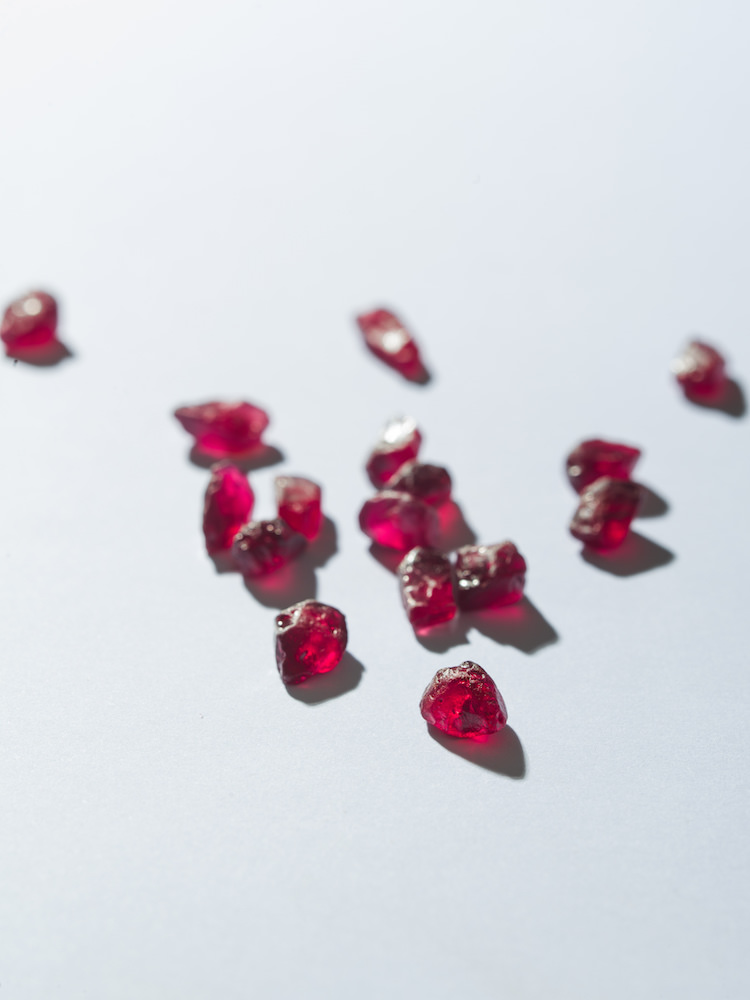
Courtesy of Gemfields.
WW: Can you tell us about the range of colors that can be found in these gemstones?
EB: Our mines recover everything, including all known ranges in clarity and color for each gem variety. There are some colors that are generally more appealing in the trade. For example, an emerald will be a vivid bluish green to pure green, not too dark in tone and the color evenly distributed throughout the gem. The production of the mine is so vast that our gemologists recognized more than 200 grades for emeralds and more than 500 for rubies in the rough. The range of colors seems almost endless. The color that you see is the result of several factors playing an equally important role all together, including the cut style, symmetry and portion of the final gemstone. The cut influences how you are going to perceive the gemstone color and ultimately, the desirability of it. These are all things that are perceived by people differently, that are subjective and hardly measurable. How can you describe “red”? Everyone has their own perception of color, which is perhaps why one gemstone will always appeal to the individual more than another—they have character and allow the wearer to express their personality.
To learn more about responsibly sourced colored gemstones, visit Gemfields.
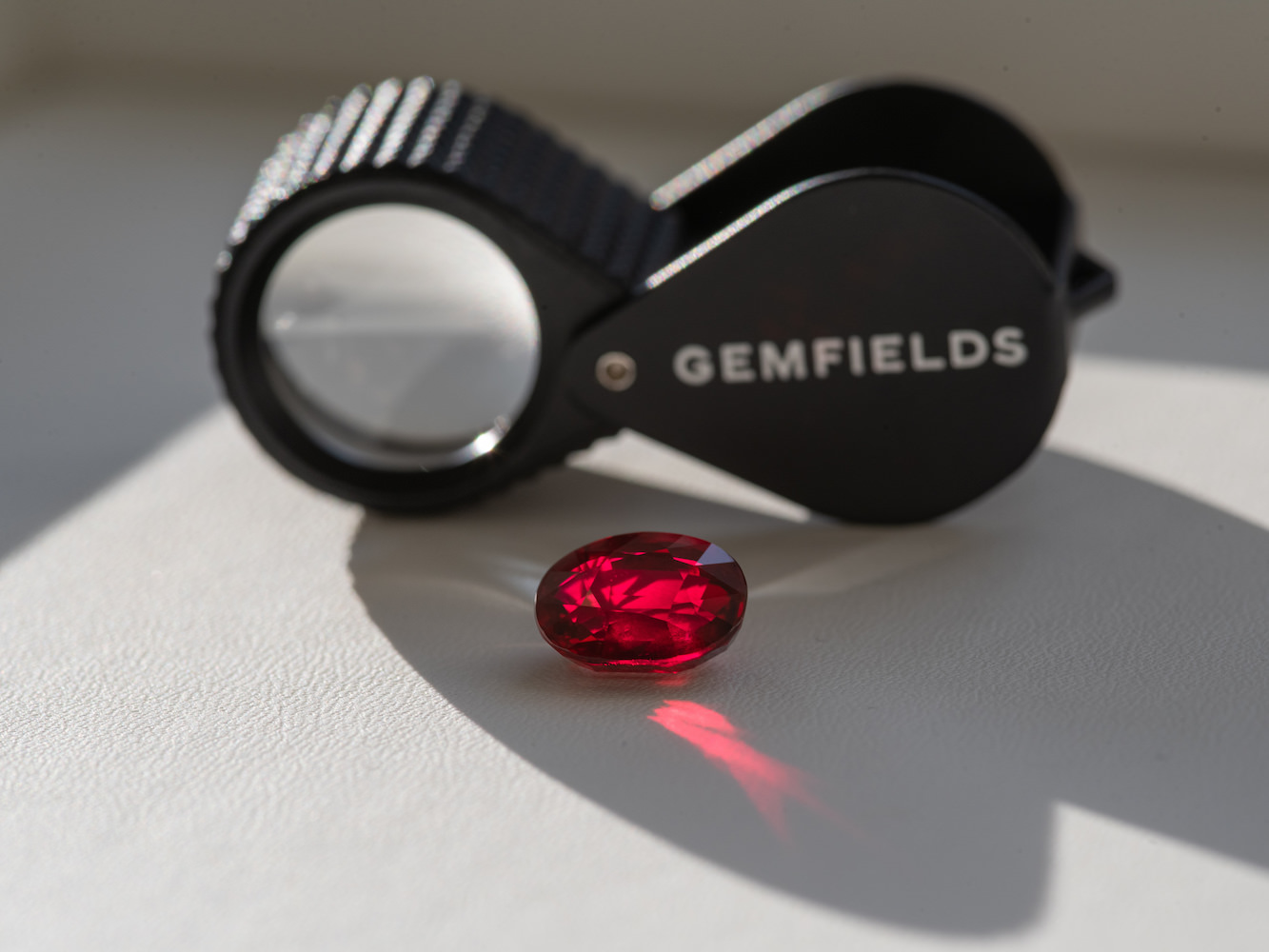
Courtesy of Gemfields.



